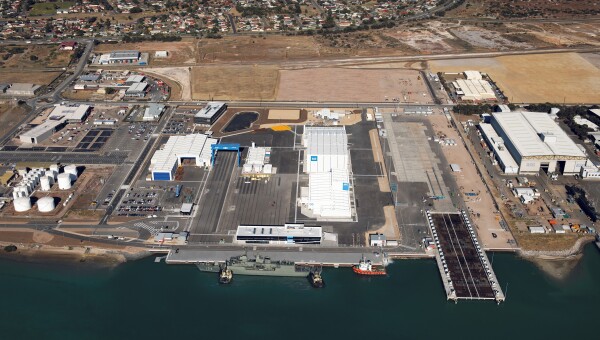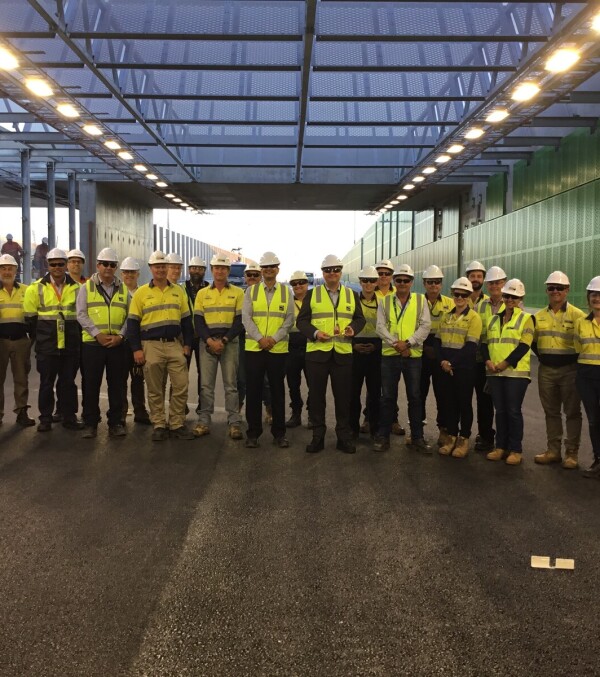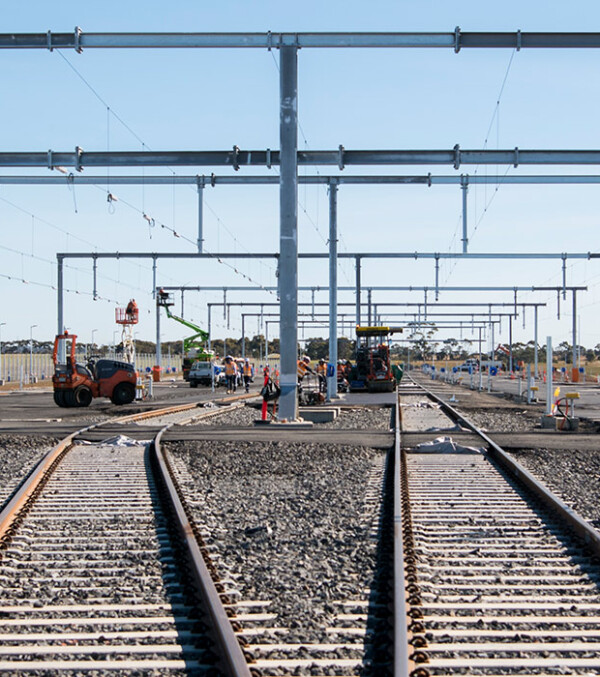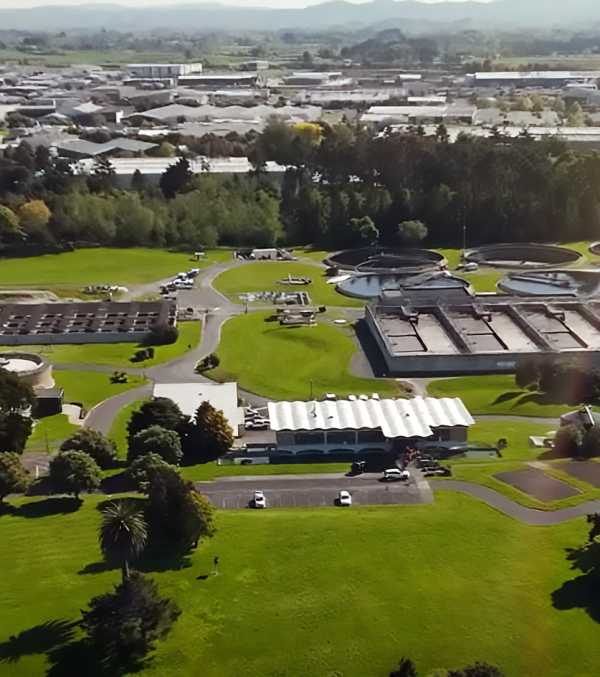|
Customer: DefenceSA | Government of South Australia Contract: Early Contractor Involvement Location: Adelaide, South Australia
|
Fast Facts
|
In one of the first Early Contractor Involvement (ECI) contracts in Australia, we designed and delivered the Techport Australia Common User Facility - a new state-of-the-art shipbuilding and maintenance complex on the Port River at Osborne, South Australia. We delivered it in joint venture with our building company, Built Environs (the MDBE JV).
The project was rolled out in two stages. In the first stage, our team worked in collaboration with design and technology partners and DefenceSA to develop the final design and risk adjusted price.
For the second stage, the project reverted to a lump sum Managing Contractor contract, which was executed to the principles of relationship contracting. We were also engaged to supervise the installation and commissioning of the key component of the facility - Australia’s largest shiplift.
Works were conducted within a complex marine environment and dolphin sanctuary with special measures in place to avoid harm to marine habitat and native river vegetation.
Wharf - The wharf is a 213 m long and 25 m wide fully serviced docking area for the fitting-out or in-water servicing of major vessels. We dredged the berthing box (so that there is enough water depth for docking ships) and constructed the wharf in a complex and layered process that resulted in a structure that can support cranes and other heavy vehicles weighing several hundred tonnes.
Runway, dry berth and transfer system - Entirely constructed by us, the runway and dry berth area includes an integrated rail-based transfer system which allows ships (or sections of ships) to be moved across work areas on the site and between these work areas and the shiplift. Major services are also integrated within the runway and dry berth for manufacturing or servicing of ships, with this extra heavy duty paved area able to support vehicles weighing up to 900 t.
Shiplift - we performed the civil works and supervised the installation Australia’s largest shiplift capable of supporting a vessel up to 9,300 t. The shiplift pocket is 156 m long and 34 m wide and lifts the ships 18 m into and out of the water with potential for future expansion to 210 m long and 22,000 t lifting capacity The technical centrepiece of the project, the shiplift pocket required extensive dredging, piledriving and concreting prior to installation of the mechanical and other services.
Over 450,000 m3 of material was dredged from the approaches, berth pocket and shiplift pocket under the terms of a very strict Environmental Protection Authority (EPA) licence that required very close monitoring and containment of turbidity. The dredged spoil was separated into three distinct clay types and transported to a storage and settlement area.
The project received multiple awards including an Australian Engineering Excellence award; an Australian Institute of Project Management (AIPM) Achievement award; a Civil Contractors Federation (CCF) South Australian Earth award; and a Master Builders' Association award.











